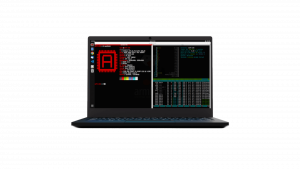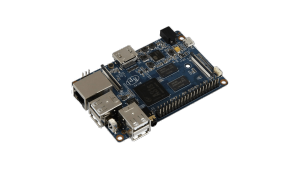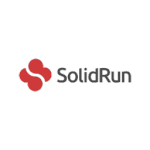Simple
We use stock Debian utilities along with our powerful menu driven configuration tool. We use plain Bash shell and lightweight XFCE based desktop.Lightweight
We use standard boot, config and update methods. Our user-space footprint is minimal and special config utilities are optional.Optimised
A distributed image is compressed to its real data size which starts below 1G. Login is possible via serial, HDMI/VGA or SSH.Fast
We use kernel power management, memory log caching, browser profile memory caching, ZRAM swap, garbage commit delay and video acceleration where applicable.Secure
Armbian is regularly inspected by professionals within a community. This makes Armbian a good starting point for industrial or home usage.Supported
We provide long-term kernel and boot loader updates, quick security fixes, documentation and free end user support. Armbian is a base for many 3rd party projects.How to start?
Download
Find your board and download one of the available images. Archives can be uncompressed with 7-Zip on Windows, Keka on OS X and 7z on Linux (apt-get install p7zip-full). RAW images can be written with Etcher (all OS).
1.
Boot
Make sure you have a good & reliable SD card and a proper power supply. Insert SD card into a slot and power the board. First boot takes up to 35 seconds with an average SD Card and on the cheapest board.
2.
Login
Log in as root on HDMI / serial console or via SSH and use password 1234. You will be prompted to change this password. Next, you will be asked to create a normal user account that is sudo enabled (beware of default QWERTY keyboard settings at this stage).
3.
FAQ
Many mobile network companies lock mobile devices to their networks so that they cannot be accessed by any other cellular networks other than that of theirs. One cannot also use any free network sim cards in their phones if they have bought a phone that is locked with a particular mobile network to be able to use your locked.
Duis malesuada metus orci, id pulvinar lectus vehicula in. In hendrerit facilisis ex eget aliquet. Nam id congue dolor. Donec feugiat hendrerit lorem. Donec sagittis massa vitae nulla feugiat vulputate. Sed pulvinar ipsum ac tempor viverra. Nulla facilisi. Integer pulvinar at libero eu semper. Mauris accumsan elit a est tincidunt mattis.
This is the reason why it is important to approach a professional to unlock your phone so that you can use the cheapest and the best sim card in the device. We can unlock all makes and models of phone quickly and efficiently. This is also beneficial if you are visiting another country and want to use local sim card to avoid expensive roaming charges.
Mobiles phone have become an inseparable part of our lives. We can now surf the web, log onto our social networking websites or just carry out leisure activities for hours on your phones without getting bored. But, what happens if you are just quietly going through your Whatsapp messages and before you can realize the phone just shatters.
Use the flat screwdriver to pry up the old battery and avoid touching any wires on the system. Remove the glue-held wires with the same tool and bring in a soldering iron to detach them. Taking out the battery and then replacing it should be done is exact semblance. Putting in a new battery should be easier.
Do you find our project useful?
We’d really appreciate it if you’d consider contributing to the project however you can. Donating is the easiest.
Gallery Before – After
BANDROID 6S
Screen on this phone was demolished. We have change the whole broken screen and replace it with new one.MINGLE FIRE TOUCH
Screen on this phone was demolished. We have change the whole broken screen and replace it with new one.BANDROID RAPTOR 2
Screen on this phone was demolished. We have change the whole broken screen and replace it with new one.Used by
00
Different kernels
0
Years in action
0000
Unlocked Phones


























